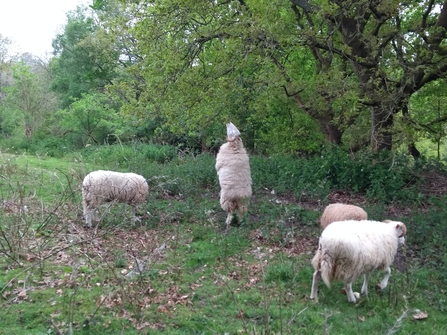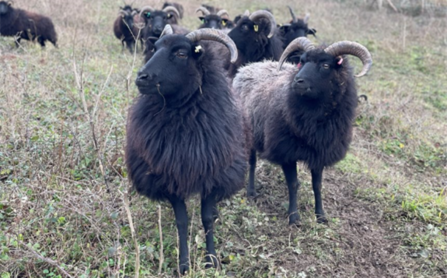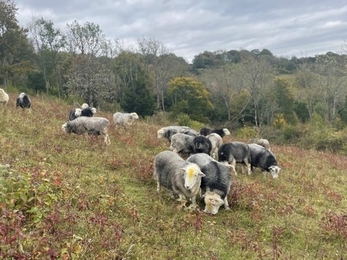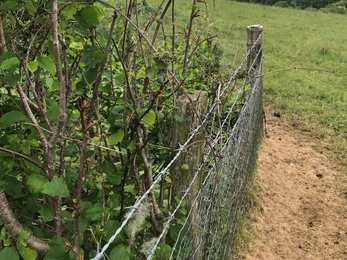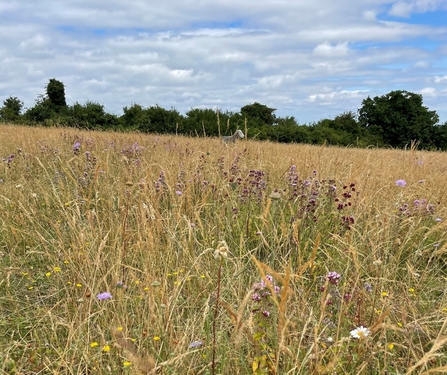Across Kent Wildlife Trust’s 80 nature reserves, we utilise the skills of four ancient breeds of hill and mountain sheep; White Faced Woodlands, Hebridean, Herdwick and Manx Loughtan, which do an amazing job at grazing a range of habitats from chalk grassland, lowland acid heath or even woodland areas. These sheep do well on poor quality vegetation and make excellent mothers with very little need for assistance come lambing time. They are well adapted for life out on the reserves, and each have their own unique skill set and food preference.
Mountain and hill sheep have a high drive for woody, scrubby plants as a component of their diet. That is why, in high densities when they are being managed commercially for instance, they can remove too many trees, bushes and edge habitat from a landscape. The same can be said for all intensively managed grazing animals though, whether that’s a dairy farm or a livery yard for horses. With sheep a little goes a long way In smaller, more natural densities sheep’s scrub management skills are highly valuable, especially in a county like Kent, which is a strong hold for some of the UK’s most biodiverse habitats, created primarily by sheep grazing.
Sheep have narrow mouths which make them highly selective grazers. Unlike their lowland cousins who focus primarily on grasses and flowers, our upland breeds are great for browsing leaves on low hanging branches and will move readily into scrubby vegetation to eat brambles. As sheep browse the bramble, they can open-up paths through large blocks creating increased edge habitat. This allows light to reach the ground, encouraging the growth of wildflowers such as common dog violet, oxeye daisy and creeping buttercup, which go on to attract a wide range of insects and birds. For our chalk downland loving wildlife they can be a more subtle, kinder way to manage unwanted regrowth, than bringing in machinery, especially in the spring months when it is most effective to remove new bramble and scrub shoots.
An additional effect of sheep browsing bramble or thorny scrub is that the plant will begin to redirect its energy from growth to defence. They will slow their growth and will focus on creating more thorns to protect themselves from further grazing. This results in a dense, spikey bramble bush that is ideal protection for small birds looking for a safe refuge from predators, as well as a great nesting spot to raise chicks. Other species such as wood and field mice will also use the thorns as protection. Small pockets of dense bramble will eventually become a nursery for saplings, creating a mosaic of scrub and woodland edge habitat across a simple grassland. Over time, species diversity and the density of wildlife will increase.




